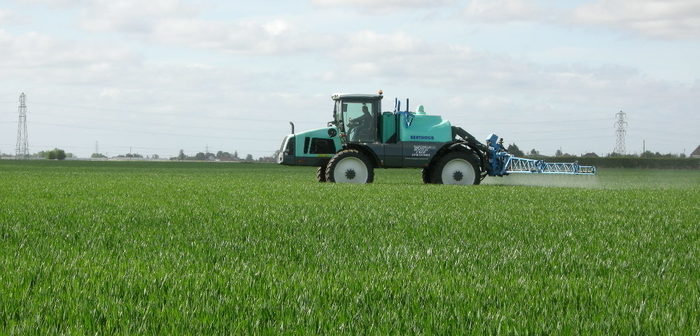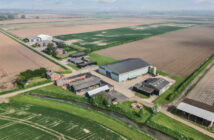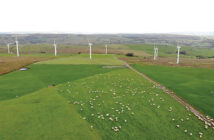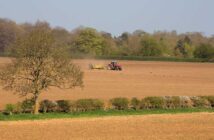Check the leaf emergence in your wheat crops before deciding your T1 timing. That’s the advice of NIAB TAG technical director Bill Clark.
He worries that growers will see tall crops as forward ones which isn’t necessarily so. “Because of the mild winter wheat crops are at a range of growth stages so particular vigilance is needed to identify leaf emergence. Just because some crops look forward it doesn’t mean they are ‘forward’ in terms of leaf emergence.”
He recommends that growers should dissect plants to check the progress of leaf three emergence as timing is all-important. “Any compromise in fungicide timing will ultimately compromise disease control and stewardship best practice. If you want to remain in a protective position leaf three needs fully protecting and even the most systemic fungicide won’t protect new growth. The symptoms will not be visible but mycelia will be spreading inside the leaf,” he adds.
In Lincolnshire and Humberside AICC chairman Sean Sparling says many crops in his area have plenty of biomass. Some have more than 8 tillers and with less the 80mm of rain since the turn of the year are starting to roll. However, despite the dry start to the year Septoria can easily be found too. “We’re in the hands of the gods. Currently crop potential looks good but they’ll need a drink soon. However, that could encourage Septoria, given the size of many canopies.”
That risk of wet weather is why he will be going with an azole + SDHI mix at GS32. “For me it’s all about risk management and you need the best protection possible. If Septoria gets established ahead of the T2 spray then you’re unlikely to get it out,” he adds.
Bayer’s Ella Crawford also favours an azole + SDHI approach despite Proline275 (prothioconazole) + CTL still performing well in company and independent trials. “It all depends on your attitude to risk and ability to keep spray intervals tight. The addition of bixafen lifts protective and curative properties that bit further so a product like Aviator (prothioconazole + bixafen) offers greater assurance against catchy weather between T1 and T2.
“Although leaf 3 only contributes 10% to final yield the purpose of the T1 application is to protect it. This is in order to reduce transfer of infection onto emerging leaves that are vital for yield contribution.”
Another factor reinforcing that decision is the stem-based disease threat. “Apart from helping Septoria transfer, these lush, humid canopies could also aid eyespot and mildew development. With eyespot in particular we have a number of susceptible varieties – only five have a rating of 6 or above. Aviator at 1L/ha has an 80% dose of prothioconazole with the addition of bixafen, giving good activity on eyespot and stem based fusarium in addition to its foliar disease control,” she concludes.




